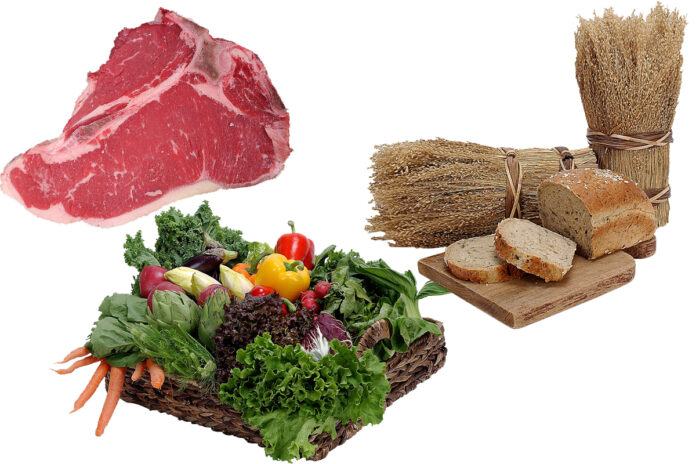Understanding Pet Food Ingredients: What You Need to Know
When it comes to choosing the right food for your beloved pet, many owners rely on ingredient lists. However, this common practice may lead to misconceptions about the quality and nutritional value of pet foods. In this article, we explore the complexities of pet food ingredient lists and provide guidance on how to make informed decisions for your pet’s diet.
The Structure of Ingredient Lists
Ingredient lists on pet food labels are governed by specific regulations, which dictate that ingredients must be presented in order of weight. Notably, this includes water content. As a result, ingredients with high moisture content, such as fresh meats and vegetables, often appear higher on the list, even when they offer fewer nutrients compared to drier ingredients.
- Fresh Chicken vs. Chicken Meal: A diet that lists chicken (70% water) as its first ingredient may contain less actual chicken than one that features chicken meal (less than 10% moisture) further down the list.
- Ingredient Splitting: To enhance the appeal of ingredient lists, manufacturers may split components from the same source—like chicken meat, chicken fat, and chicken by-product meal—making it challenging to assess the true quantity of each ingredient.
Marketing Tactics and Their Impact
To cater to pet owners’ preferences, some manufacturers prioritize marketing strategies over nutritional quality. For instance:
- Some pet foods may include just enough fresh meat to rank first on the ingredient list.
- Other appealing ingredients may only serve marketing purposes and add minimal nutritional value, commonly referred to as “fairy dust” when present in negligible amounts.
- These extra ingredients increase production complexity and costs without guaranteeing nutritional benefits.
The Misleading Use of “Human Grade” Ingredients
One term pet owners should approach with caution is “human grade.” For manufacturers to use this designation, all ingredients must meet federal regulations that apply to human food. However, once an ingredient is intended for pet food, it is considered unfit for human consumption. It’s important to note that ingredients sourced from the human food chain do not necessarily guarantee superior nutrition or safety.
Quality vs. Perception
Ultimately, appealing ingredient lists do not always equate to superior pet nutrition. In fact, diets with attractive ingredients might even be less nutritious than those with simpler compositions. The quality of pet food cannot be accurately determined solely from its ingredient list. Instead, it’s crucial to focus on the expertise of the manufacturer in crafting balanced and nutritious recipes for your pet.
Conclusion: Making Informed Choices
When selecting pet food, worry less about whether the ingredient list sounds gourmet and more about the actual nutritional content. An expensive pet food featuring high-end ingredients can still be inferior if not prepared correctly, while a simpler diet can provide robust nutrition if formulated with care. Look beyond marketing claims and seek trustworthy information that will help you choose the best food for your pet’s health.
This article was updated in August 2017 to reflect new regulatory changes concerning the definition of “human grade” in pet foods as outlined in the 2017 Association of American Feed Control Officials Model Regulations.











